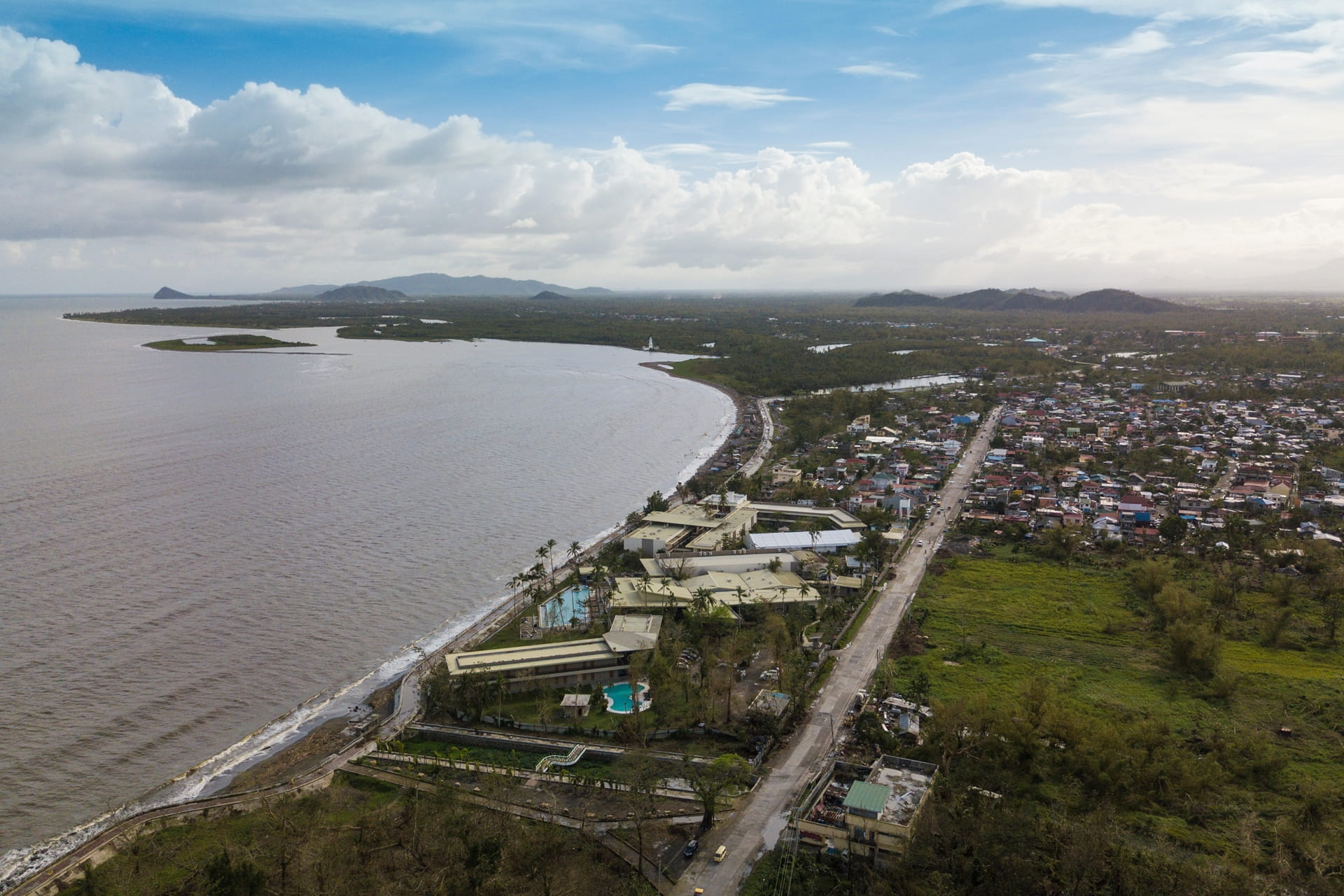Sustainable coastal protection for cities in the Philippines

Project Facts
- ClientThe Netherlands Enterprise Agency on behalf of the Government of the Philippines
- LocationTacloban and Palo, Leyte Island, Philippines
- PeriodOctober 2015–July 2016
- ChallengeProtecting coastal communities against frequent typhoons in the Philippines
- SolutionA coastal protection strategy that offers flood safety and economic value for the local people
The challenge: protecting the Philippines from frequent typhoons
Until Typhoon Haiyan hit in November 2013, Tacloban was the fastest growing city in the Philippines, a regional trading hub, and centre for commerce, industry, and education. But wind speeds of up to 378 km per hour and 4–6 metre storm surges destroyed 90% of the city.
The typhoon, known as Yolanda in the Philippines, was one of the most powerful ever recorded. It claimed thousands of lives and damaged homes, businesses, and infrastructure on a massive scale. But the threat doesn’t end there.
The neighbouring cities of Tacloban and Palo are both in the path of approximately 20 typhoons that hit the country every year. As climate change increases the chance of super storms, the Government of the Philippines urgently needed a solution to protect these vulnerable cities.
The solution: a sustainable coastal protection strategy
On invitation of the Government of the Philippines, the Dutch Enterprise Agency commissioned a team of experts – the Dutch Risk Reduction Team (DRR) – to develop a sustainable strategy for the coastal protection of this area.
The strategy focused on resolving urgent water issues related to flood risks, water pollution, and water supply, preventing disasters, and rebuilding communities.
The DDR team was led by Royal HaskoningDHV and made up of 15 local, regional, and national stakeholders. Together, we identified a 100-year approach to providing adaptive, attractive, and integrated solutions that offer flood safety and economic value for the local people.
The team surveyed 2500 households in the region, identified short, medium, and long-term goals, and gathered stakeholder input. We also investigated structural and non-structural measures for coastal protection and disaster risk reduction.
As a sustainable strategy, we focused on nature-based solutions, such as mangrove and beach forest restoration, to create healthy ecosystems and protective landscapes.
As well as the restoration of natural environments, the plan included measures for urban planning and development, land reclamation, an improved forecast system for storm surges, and an early flood warning system.
This project is essential for the future wellbeing of the people of Tacloban and Palo. Dutch expertise in flood management will be valuable in developing a solution that creates resilience for this low-lying coastal region.
The result: long-term coastal resilience against typhoons
As the climate continues to change, and typhoons continue to threaten many coastal communities, this strategy will prove crucial in protecting vulnerable areas in the Philippines.
To reduce potential damage, new developments are be built outside danger zones, and the strategy offers a 1 in 100-year standard of protection for existing developments over the next century.
This project is much more than just a technical solution for coastal protection. It’s a long-term solution for the entire area, which will better protect the people of the Philippines against super storms far into the future.
Want to know moreor got a question?
Contact our Climate Resilience experts!


